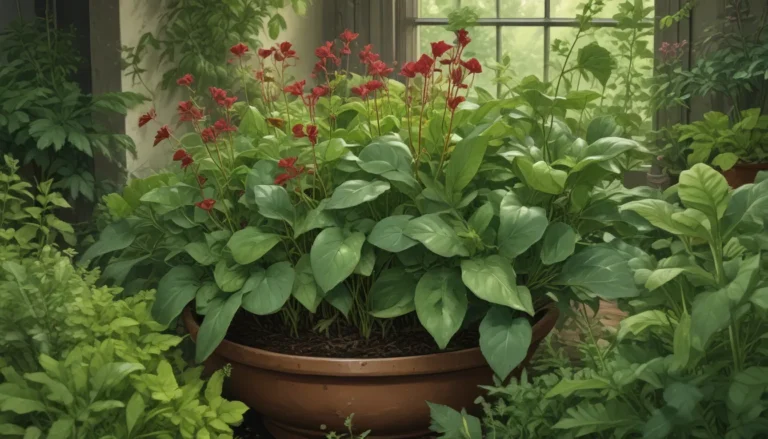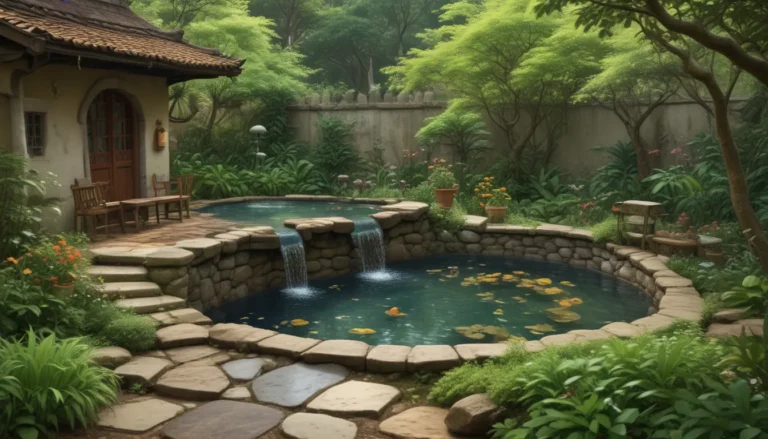Comprehensive Guide on Growing and Caring for Arborvitae Trees

In the world of plants, many have specific needs, but arborvitae stands out as a versatile, adaptable species. As a member of the cypress family, arborvitaes belong to the Thuja genus of plants and are known for their hardiness in USDA Zones 3 to 8.
From the early stages of growth with juvenile foliage to the mature, scaly leaves, arborvitaes offer an array of aesthetic qualities. The coniferous trees produce small, copper-brownish cones and have bark that varies in color from dark brown to reddish-brown.
With a pyramidal habit, arborvitaes come in various cultivars and species, including American arborvitae, western red cedar, and the hybrid ‘Green Giant’. These trees have a rich history, dating back to the exploration of the New World by French explorer Jacques Cartier, who used arborvitae leaves to cure scurvy.
Propagation of arborvitaes can be done through seeds or cuttings, with each method requiring specific steps to achieve successful growth. Once established, arborvitaes thrive in full sun or partial shade, preferring fertile, well-draining soil with a balanced fertilizer application in the spring.
Pruning and maintenance of arborvitaes are essential for shaping the trees, especially for hedges and foundation plantings. Disease and pest management are critical to ensure the health of arborvitaes. Various pests like aphids, bagworms, and diseases such as blight and cankers can affect these trees, requiring proper care and treatment.
Arborvitaes have a wide range of uses in landscaping, from being used as specimens, accents, hedges, screens, or windbreaks. Their versatility, adaptability, and aesthetic appeal make them a popular choice for many gardeners and landscapers.
In conclusion, arborvitae trees are valuable additions to any garden, offering beauty, adaptability, and a rich history. By following proper care and maintenance guidelines, you can enjoy the benefits of these versatile trees in your landscape for years to come.





